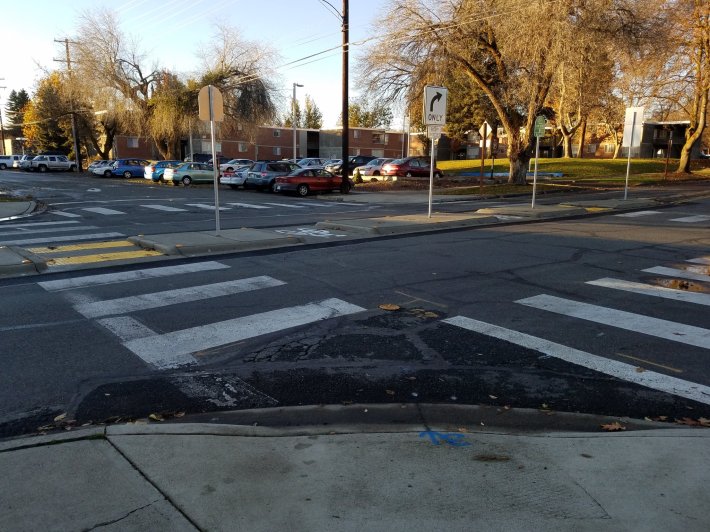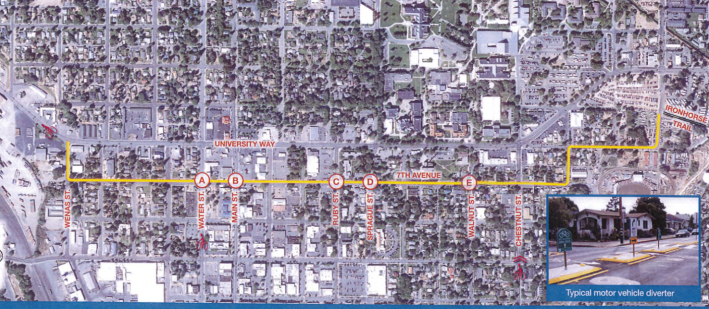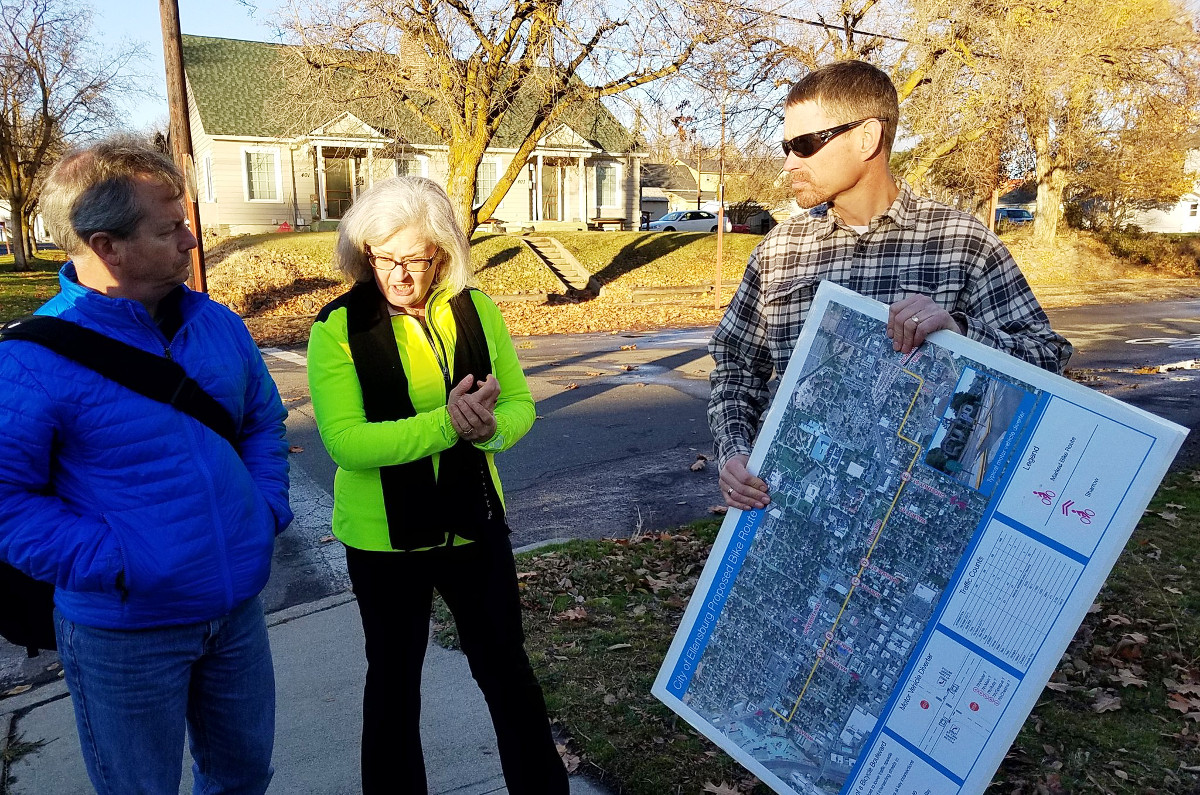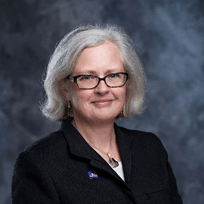PlacesForBikes is a PeopleForBikes program to help U.S. communities build better biking, faster. You can follow them on LinkedIn, Twitter or Facebook or sign up for their weekly news digest about building all-ages biking networks.
Making it pleasant for most people to ride a bike for transportation doesn't require a town to be big, rich or revolutionary. All it takes is a capacity for modest change and a little smart thinking.
And as for money -- well, few objects in this world are more fiscally conservative than the bicycle.
That's the lesson cities of all sizes could learn from Ellensburg, Washington, population 20,000. The college town sits on the politically beet-red Columbia Plateau, 30 miles north of Yakima and across the Cascades mountain range from Seattle.
This year, Ellensburg became one of the smallest cities in the country ever to construct a neighborhood bikeway, complete with five traffic diverters on larger streets to ease pedestrian crossings and reduce cut-through auto traffic.
The new 1.7-mile route connects several neighborhoods, running past Central Washington University as well as a commercial district around Main Street, a major city park, a discount grocer and the Ellensburg Rodeo Grounds.
It cost just $150,000 to plan, design, and install -- one-tenth as much as the city was simultaneously spending to widen a single intersection for more auto traffic. Of that total, $120,000 came from a state grant earmarked for walking and biking.
A benefit for people walking, too
The new "bicycle boulevard" on 7th Avenue was championed by Nancy Lillquist, 57, a 16-year veteran of Ellensburg City Council. She said she got the idea from a Streetfilms video about efforts in Portland, Oregon, to cheaply convert miles of low-traffic side streets into threads of an all-ages bicycling network.
The simple secret: reversing stop signs so they don't face the bikeway, then keeping non-local auto trips off the street by installing diverters that force right turns onto bigger streets.
The diverters also make it much more pleasant to cross larger streets like Main on foot, Lillquist said, because they function as traffic islands.

"We looked at options for how to provide cycling infrastructure for cyclists east-west through town," she said. "A lot of the students bicycle, so it's a heavy concentration of cyclists in parts of that route."
Lillquist said she personally rides a bike for some commutes and errands but isn't "avid" about it. She said the project cut bike traffic on the sidewalks of University Way, a parallel four-lane arterial, and also closed a gap in the 220-mile John Wayne Trail.
"The infrastructure for cars is really expensive"

To the extent that it gets more people choosing bikes for short trips around town, Lillquist said, it'll save the public money: fewer new $1.5 million turn lanes and a bit less need to repave the whole system every seven to 10 years.
"If we don't have safe corridors to ride, people don't ride," she said. "The infrastructure for cars is really expensive, and as more people are on our streets, I think that providing safe pedestrian and bicycle alternatives -- that takes a few cars out of the congestion."
Lillquist said some residents have been upset by the project, taken aback by the need to plot slightly different car routes.
"We could have done a better job messaging beforehand," she said.
Even so, Ellensburg's new bike boulevard is winning people over. After installation, the Ellensburg-based Daily Record interviewed Jim Kumm, a nearby resident who said he'd been opposed to the project before installation. But afterward, he said, he'd come around.
"We’ve actually noticed a rather marked increase in bicycle traffic," Kumm said. "Not just like single people on bicycles, but families using it."
Via Barb Chamberlain.







